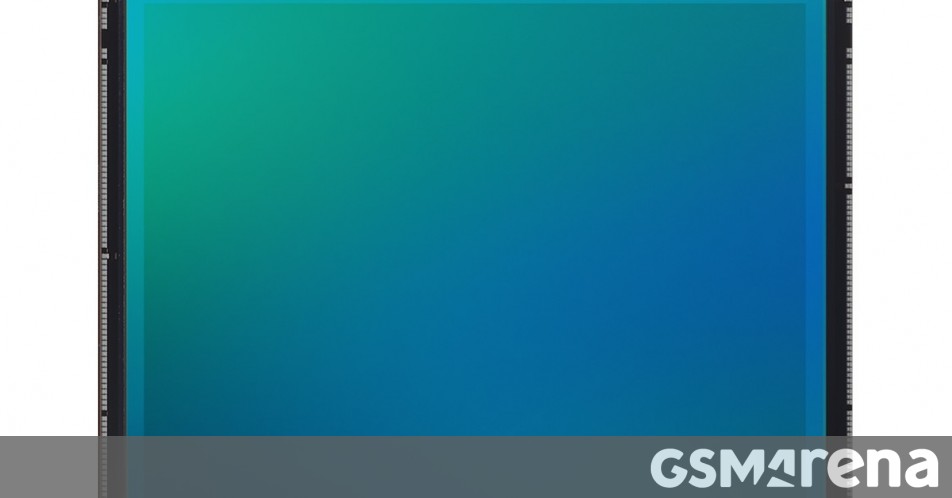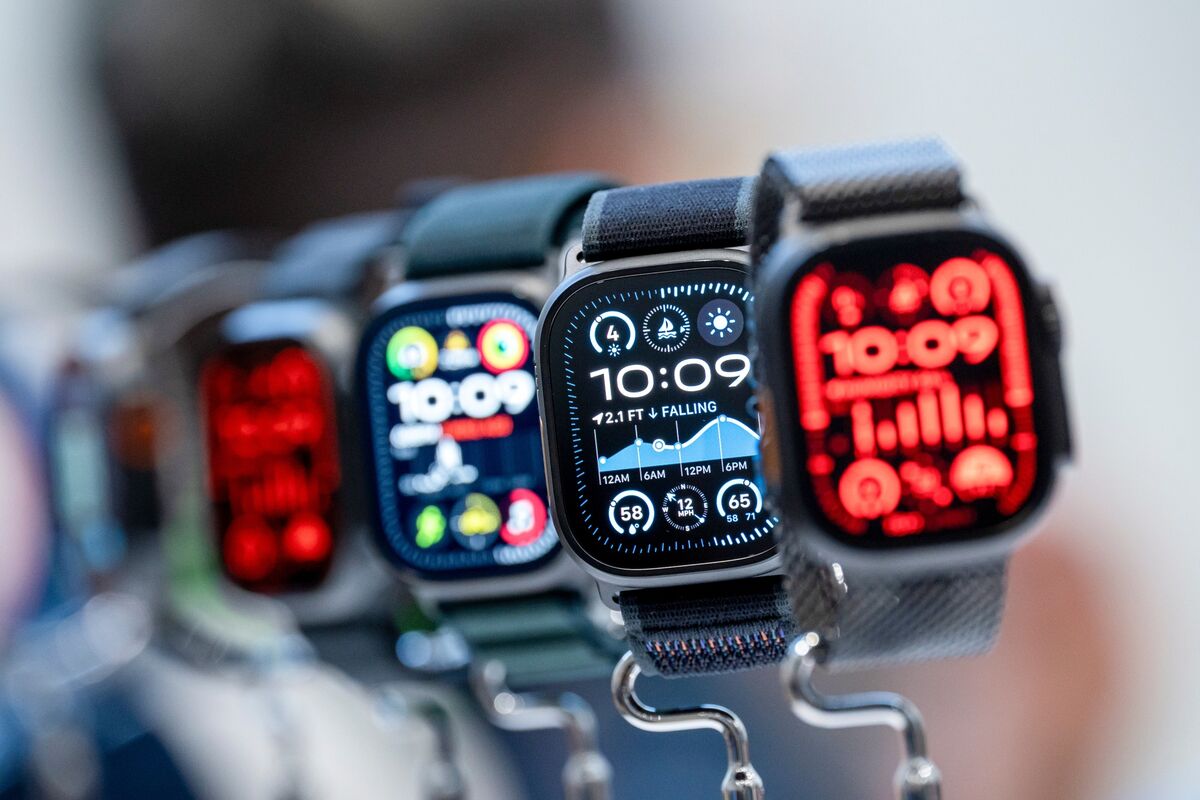Megapixel Monster Incoming: Sony's 200MP Camera Sensor Set to Revolutionize Smartphone Photography

Sony's Groundbreaking 200MP Smartphone Sensor: Not What You Might Expect
When we first caught wind of Sony's ambitious project back in March, the tech world buzzed with anticipation. The rumor? Sony was developing its first-ever 200-megapixel sensor specifically designed for smartphones, promising to revolutionize mobile photography.
This isn't just another incremental upgrade. Sony's new sensor represents a significant leap forward in mobile imaging technology, potentially setting a new standard for smartphone camera capabilities. The high-resolution sensor could deliver unprecedented levels of detail, clarity, and color accuracy that were previously unimaginable in a compact smartphone camera.
While many might assume this is just another megapixel race, Sony's approach suggests a more nuanced strategy. The 200MP sensor isn't just about cramming more pixels into a small space, but about enhancing overall image quality, low-light performance, and computational photography capabilities.
As smartphone manufacturers continue to compete for photography supremacy, Sony's new sensor could be a game-changing development that pushes the boundaries of mobile imaging technology.







